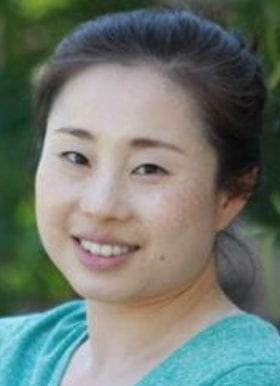
Claudia Han, PhD
Assistant Professor, WashU Pathology & Immunology
- Phone: 314-273-2288
- Email: claudiah@nospam.wustl.edu
Microglia identity in development and aging
Microglia are resident macrophages of the brain that engage in a variety of processes essential for brain development and homeostasis. Microglia dysfunction (e.g., dysregulation of target uptake, synaptic pruning, proinflammatory cytokine production) contributes to the pathogenesis of neuropathological conditions. Indeed, numerous genes associated with neurodevelopmental and neurodegenerative conditions (monogenic or associated with risk variants) are highly expressed in microglia during the fetal and postnatal stage. Furthermore, we’ve recently demonstrated that human microglia utilize gene regulatory networks that influence the gene expression profiles unique to developmental stages. However, investigating the transcriptomic and epigenetic mechanisms underlying microglia behavior in neuropathological disorders hampered by two issues: (1) microglia rapidly change their transcriptomic profile upon removal from the brain environment and (2) primary microglia, especially human, are limited in cell number making large scale studies difficult. As an alternative, we’ve shown that human iPSC-derived models, including in vitro iPSC-derived microglia (iMG), iMGs integrated into cerebral organoids, and iPSCs xenotransplanted into humanized mice, can recapitulate numerous features of human microglia development, including the enrichment of risk SNPs associated with various neurological disorders in open chromatin regions. Thus, we use iPSC models in conjunction with mouse models to decipher the epigenetic control of cell behavior in microglia at homeostasis and during pathology with the goal of identifying regulatory mechanisms that regulate dysfunctional cellular phenotypes. Consistent with the Hope Center’s mission statement, we seek to elucidate the fundamental networks that are disrupted in neuropathology and develop targeted strategies to modulate and correct these networks.